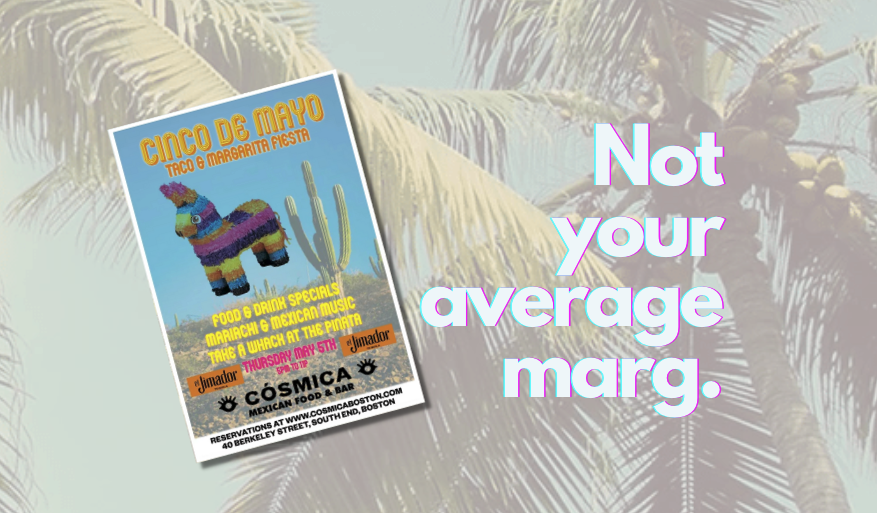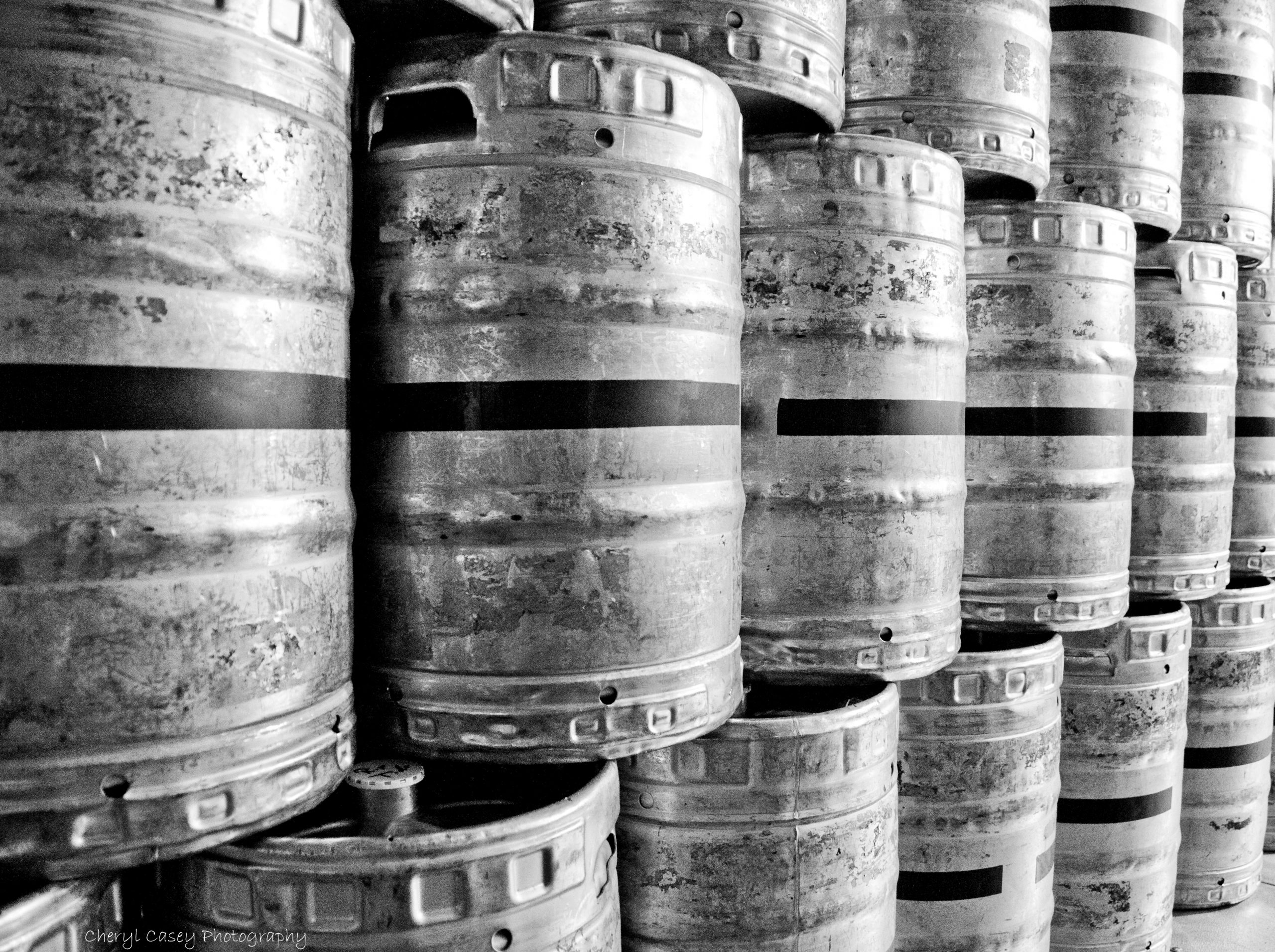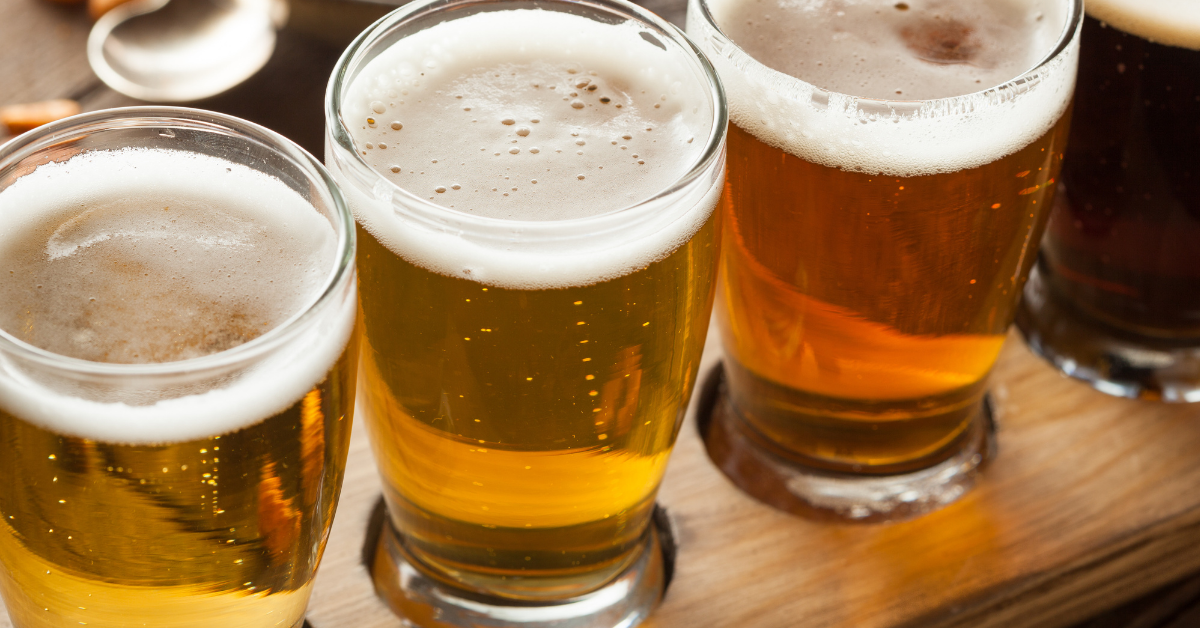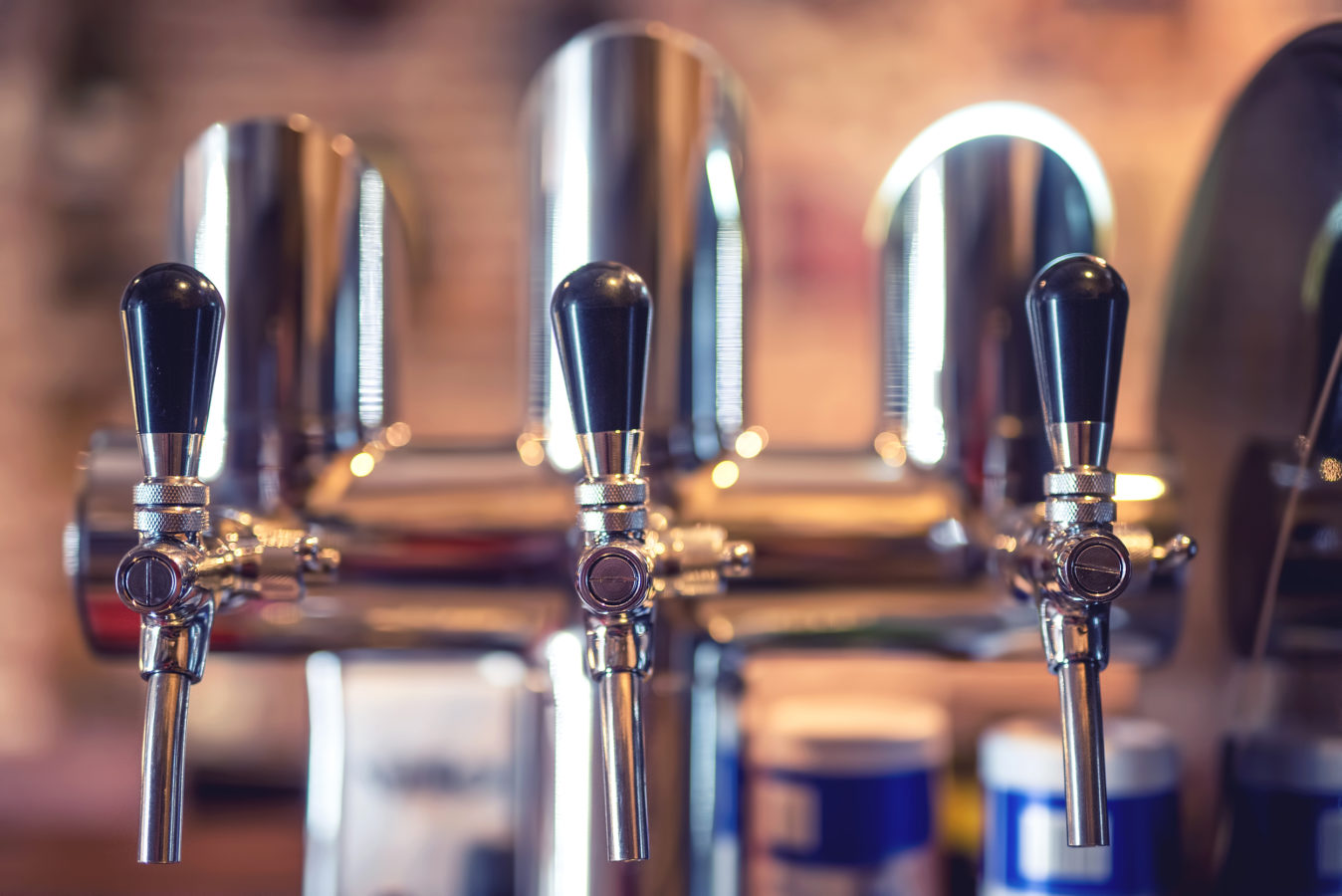September 1, 2015
Product
A World of Beer Connoisseurs
The concept of being a “beer lover” has changed greatly in recent years. Having a love for kicking back on the sofa with a cold brew doesn’t quite cut it anymore. There’s a new passion in the air—that of craft beer. The true beer lovers are those who are choosing where they eat their next meal based on the restaurant’s beer selection. They’re on top of all local breweries, even visiting them regularly. They know (and love) all kinds of beer stemming far beyond what’s dark or light, loving wheat beer, sour beer, stouts, IPAs, and everything in between. They’ve attempted, or at least thought about brewing their own.
They probably scoff at the days of drinking cheap beer out of a keg in college.
A Slow Shift Toward Craft
According to Rich Doyle, former CEO of Harpoon Brewery and current Founder & President of Enjoy Beer, the amount of people drinking craft beer has grown from less than 1% of the market to 11%, and is well on its way to 20%, all since the founding of Harpoon in 1986.
Doyle, a big mover in the craft beer industry, was truly at the forefront of craft brewing when he started Harpoon and witnessed the rise of craft beer “from a hard-to-find oddity to completely mainstream.” The industry is a whole new world. As the number of people drinking craft beer dramatically increases, so too does the opportunity for craft brewers to sell a lot of beer and really build a valuable business.
We caught up with Doyle to chat about this fascinating shift in the craft movement. As a true innovator in craft beer, Doyle first-hand witnessed this shift from the inside, “Back then, people didn’t know what IPA was. They’d ask what white beer is, or why a beer is so cloudy, why put spices in it at all? It was hard to believe the beer world even existed.”
Right around the time Harpoon started, people thought of beer on a very narrow spectrum says Doyle, “it was just flavors and colors—pale, straw colored, pilsner, lager. People thought of beer as just a narrow swap of what it actually could be.”
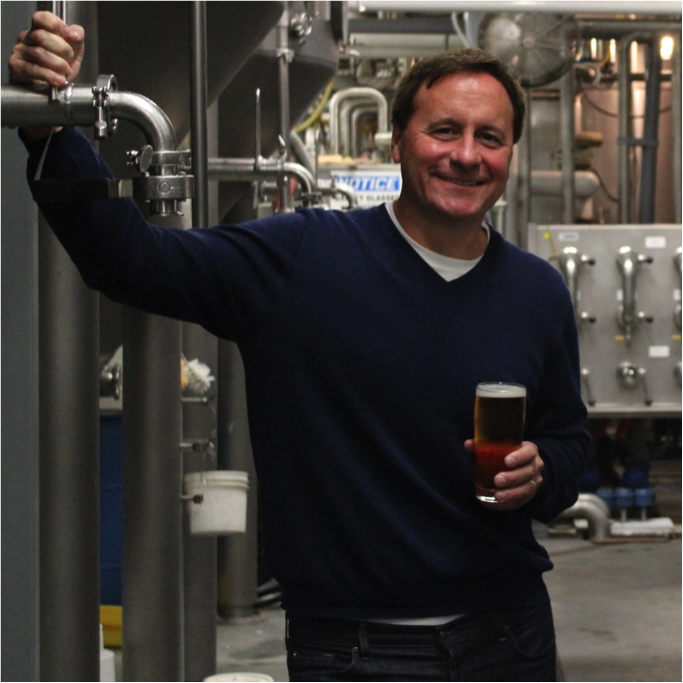
The Value of Quality
So what causes such a shift in taste and perspective? “People believe that all products and services either have to be better or cheaper than their alternatives, that’s kind of how we survive. The fact is, craft is better. Choices are better. Ingredients are better,” says Doyle, “Think of it like a high quality European coffee versus a mainstream coffee.” Of course, having more accessibility due to an increased availability in craft products makes a huge impact, but as Doyle says, “it’s really more about appreciation for how much better it is than the alternative.”
When you really look at the difference and compare the alternative, it’s quite surprising that it’s taken this long for the market to pick up on the trend, “the selection is so different, the quality the flavors—it’s amazing mainstream beers have managed to stay competitive for so long,” Doyle says of the delay in the mainstream acceptance of craft beer, “over time, America literally went from being a beer laughing stock to being the best place to drink beer.”
A Brewer’s World
The ever-apparent consumer shift is just one contributing aspect in the growth of craft brewing. As the market gains momentum in its acceptance and appreciation for the craft, the business model for a brewer changes completely. Access to capital equipment is much more readily available with a larger range of suppliers, as well as a broad range of materials, “there’s been an explosion in different kinds of hops you can use,” says Doyle.
With more accessibility come more breweries, and therefore more competition. While the barriers to entry are lower, the expectations are very high. “Customers are no longer willing to live with the warm and fuzzies. You need excellent product from day one, a great understanding of how to work with wholesalers from day one, and functional areas need to be handled well from the start. That’s packaging, marketing, sales management. You have to bring your A-game right away” says Doyle. “Yes, there’s more access to capital, but you better use it well. It’s a whole new world.”
A whole new world indeed when looking back on the days of Doyle founding Harpoon, “we never had more than about a million dollars worth of equity capital. Back then you could start a business for that. Today, it’s more like 10 million.”
Over time, craft beer has become an integral part of American culture, one that’s clearly not going away anytime soon. As the industry grows from the inside, so too does the mainstream acceptance. Possibilities are endless, as we see more and more craft collaborations emerging, lines become blurred and more options present themselves. It’s an exciting place to be and we look forward to seeing what the next 10 years bring.
Thanks for chatting with us Rich!

